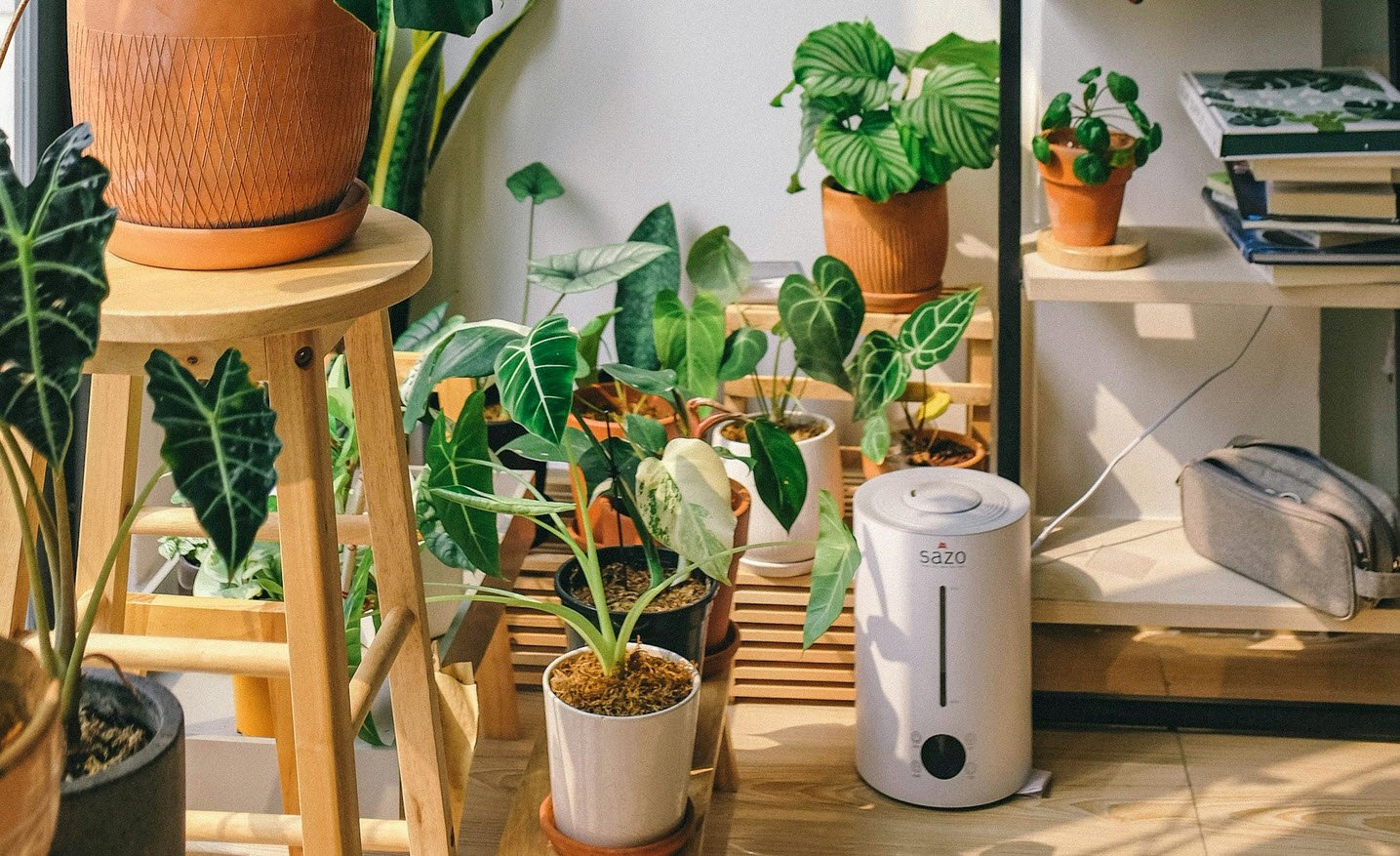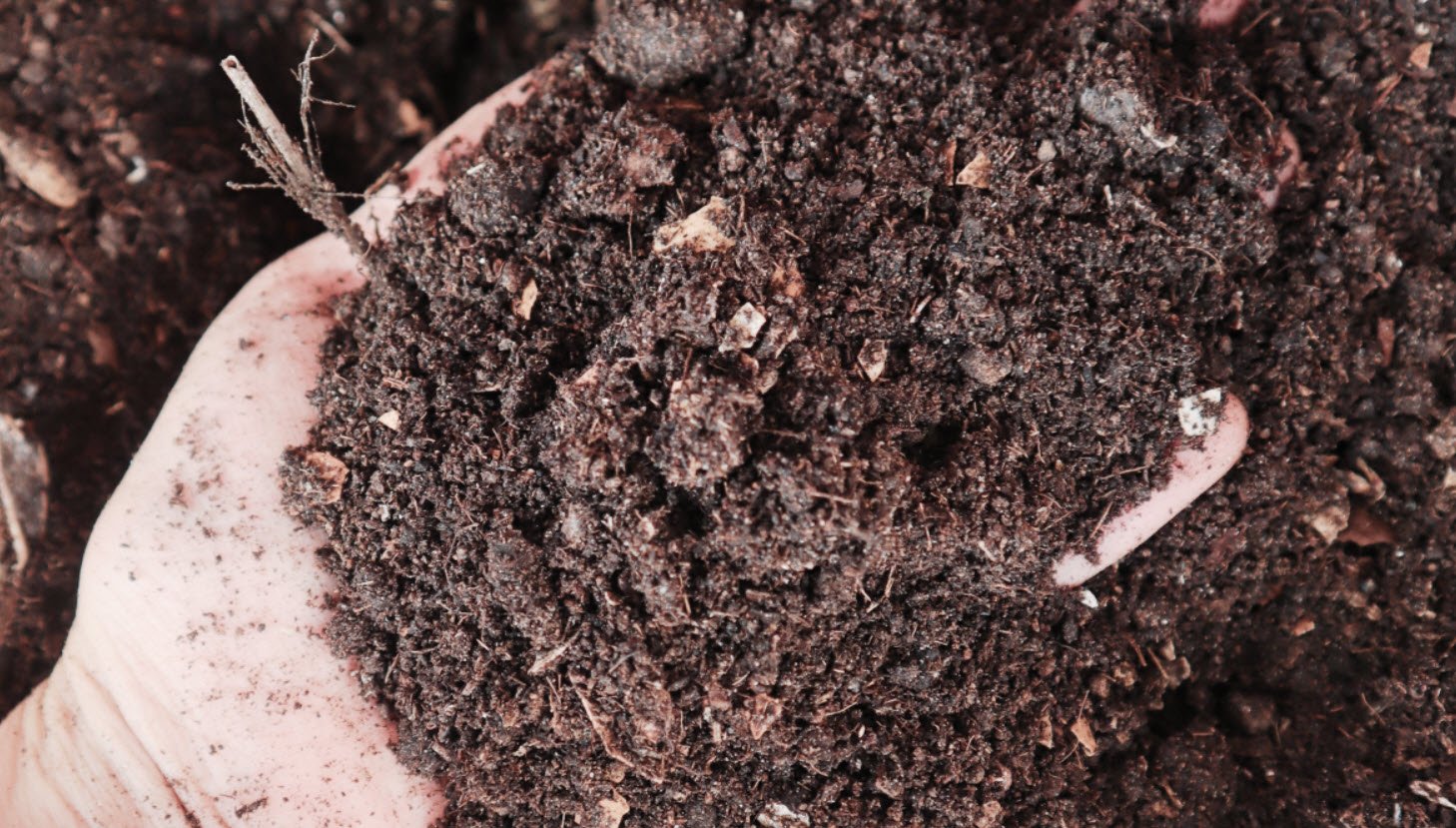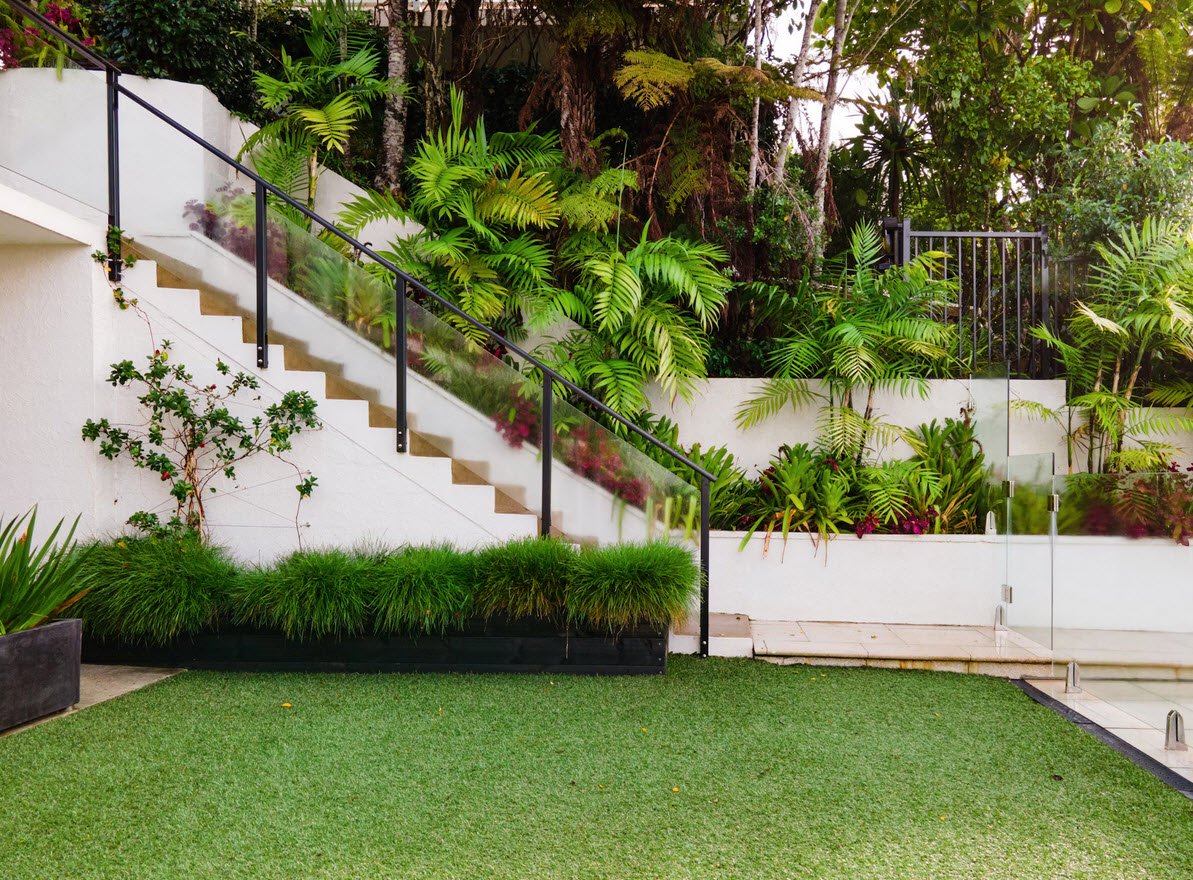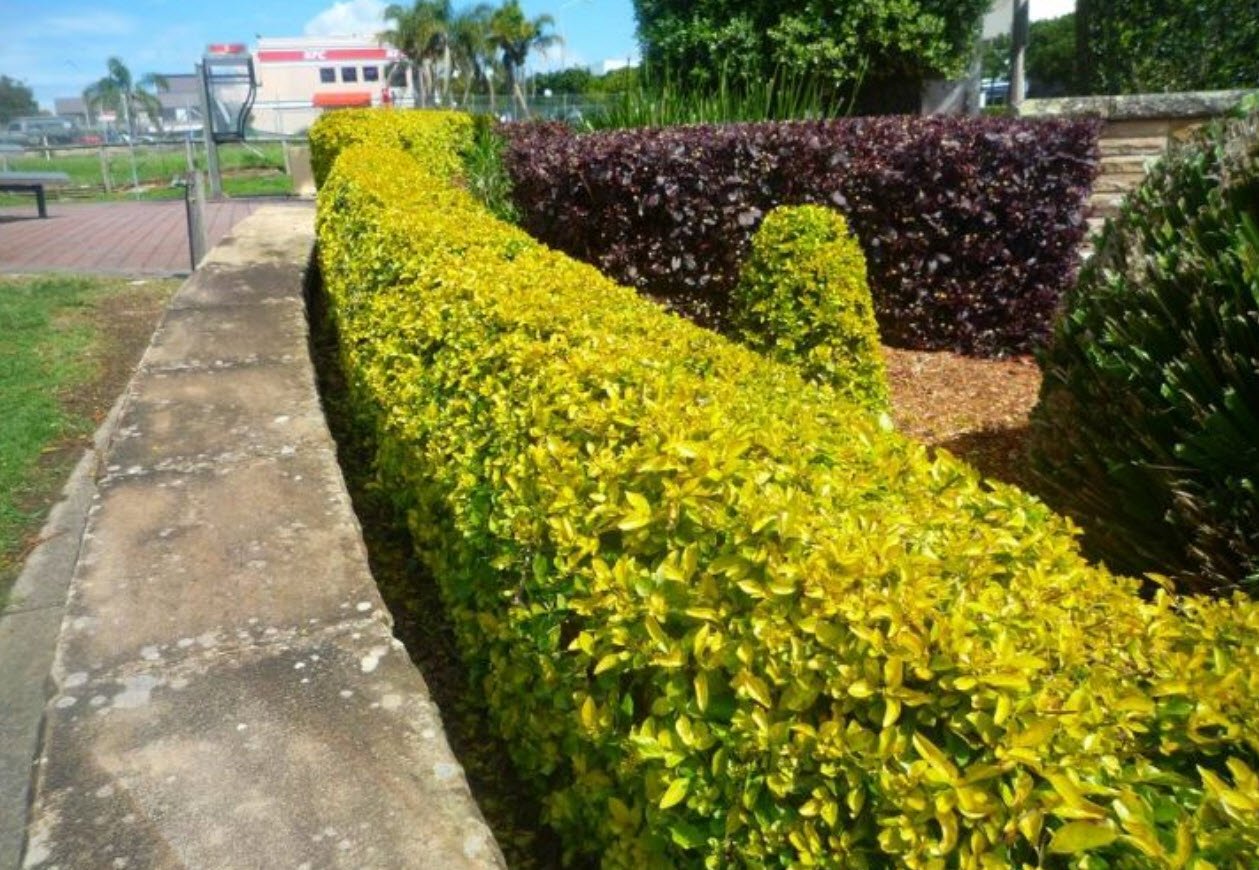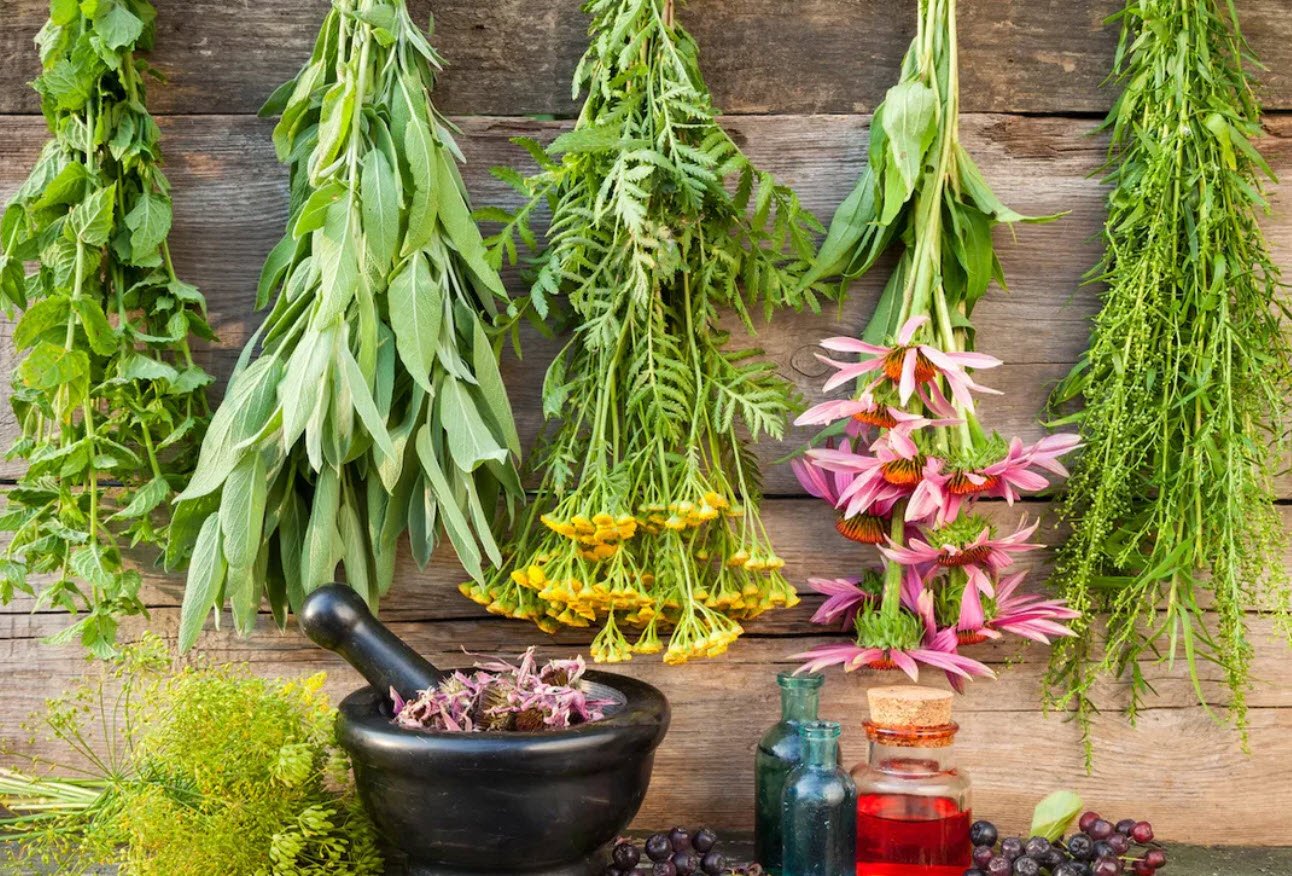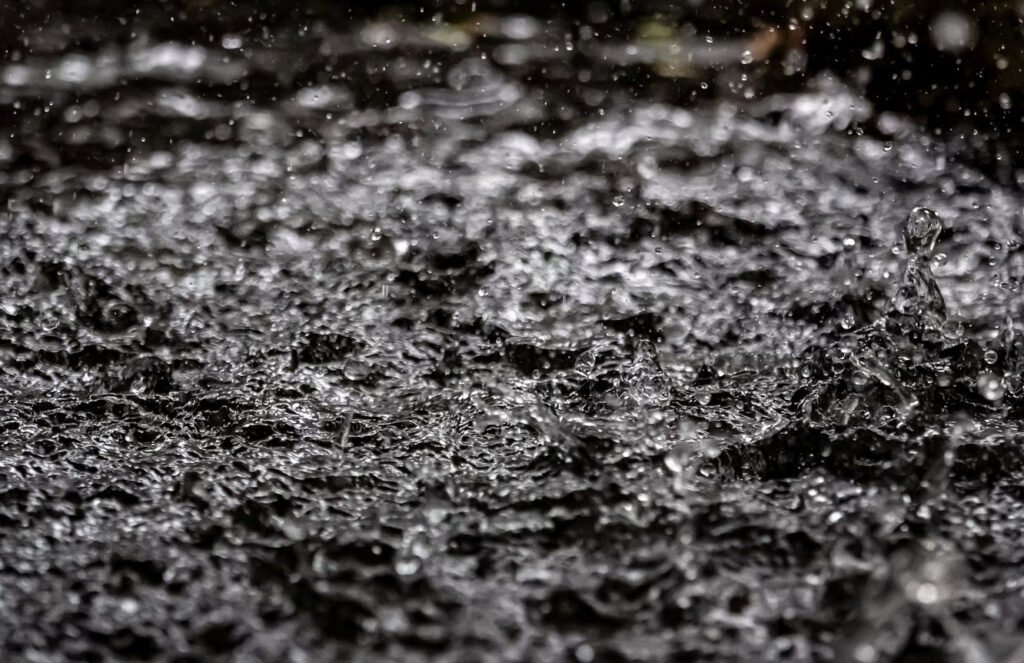
Gardening in wet or poorly drained soils presents a unique set of challenges for plant health and growth. In such conditions, waterlogged pore spaces limit aeration, leading to unfavorable conditions for many plant species. If not appropriately managed, plants not adapted to continually wet soils can suffer from diseases, decline, and eventual death. However, with strategic planning and thoughtful plant selection, wet soils can be transformed into thriving and diverse gardens.
In this article, we explore effective strategies for working with wet soils and creating flourishing landscapes.
1. Choose Plants Adapted to Wet Soils
One of the most critical strategies for gardening in wet soils is selecting plant species that are naturally adapted to these conditions. Native plants and species that have evolved to thrive in waterlogged environments are better equipped to withstand the challenges of wet soils.
For instance, in eastern states, consider planting river birch (Betula nigra), summersweet (Clethra alnifolia), and goatsbeard (Aruncus dioicus) – all well-suited to wet conditions.
2. Create Raised Planting Beds
Raised planting beds are an effective solution for wet soils, providing improved drainage and aeration for plants. Elevating the planting area ensures that excess water drains away, preventing waterlogged conditions that could harm the plants. Use materials like bricks, stones, or wooden frames to construct the raised beds and fill them with a well-draining soil mix.
3. Divert Rainwater Using Bioswales or Rainwater Harvesting
To manage excess water in wet areas, consider implementing bioswales or rainwater harvesting techniques. Bioswales are shallow, vegetated ditches designed to capture and direct surface water away from waterlogged areas.
They provide both drainage and filtration benefits. Rainwater harvesting involves capturing and storing rainwater for future irrigation use, reducing the impact of excess water on the garden.
4. Enhance Soil Structure
Improving the soil structure in wet areas can enhance drainage and aeration. Incorporating organic matter, such as compost, into the soil helps to break up heavy clay particles and create pore spaces for better air circulation. This practice also enriches the soil with nutrients, promoting healthier plant growth.
5. Monitor Watering
In wet soils, the challenge lies in managing the existing moisture rather than adding more water. Regularly monitor the soil moisture levels, and only water when necessary. Overwatering can exacerbate the wet conditions and lead to root rot and other water-related issues.
6. Use Well-Adapted Mulch
Applying mulch in wet soils requires careful consideration. Opt for mulches that are well-adapted to waterlogged environments, like pine straw or wood chips. These mulches allow for proper aeration and help suppress weed growth, enhancing the overall health of the garden.
By employing these strategies and adapting our gardening practices to the unique characteristics of wet soils, we can create vibrant and sustainable landscapes. Gardening in such conditions opens up opportunities to explore a diverse range of plant species that thrive in waterlogged environments, allowing us to nurture and appreciate the beauty of these specialized ecosystems.
With a thoughtful approach and a touch of creativity, wet soils can become a canvas for creating captivating and thriving gardens that celebrate the wonders of nature.

